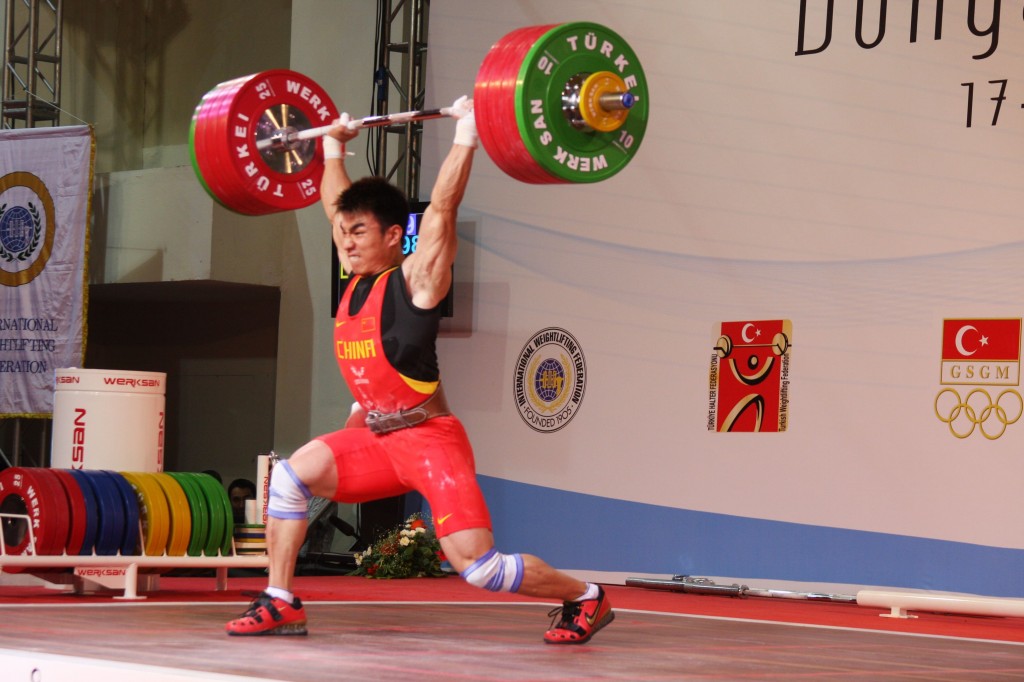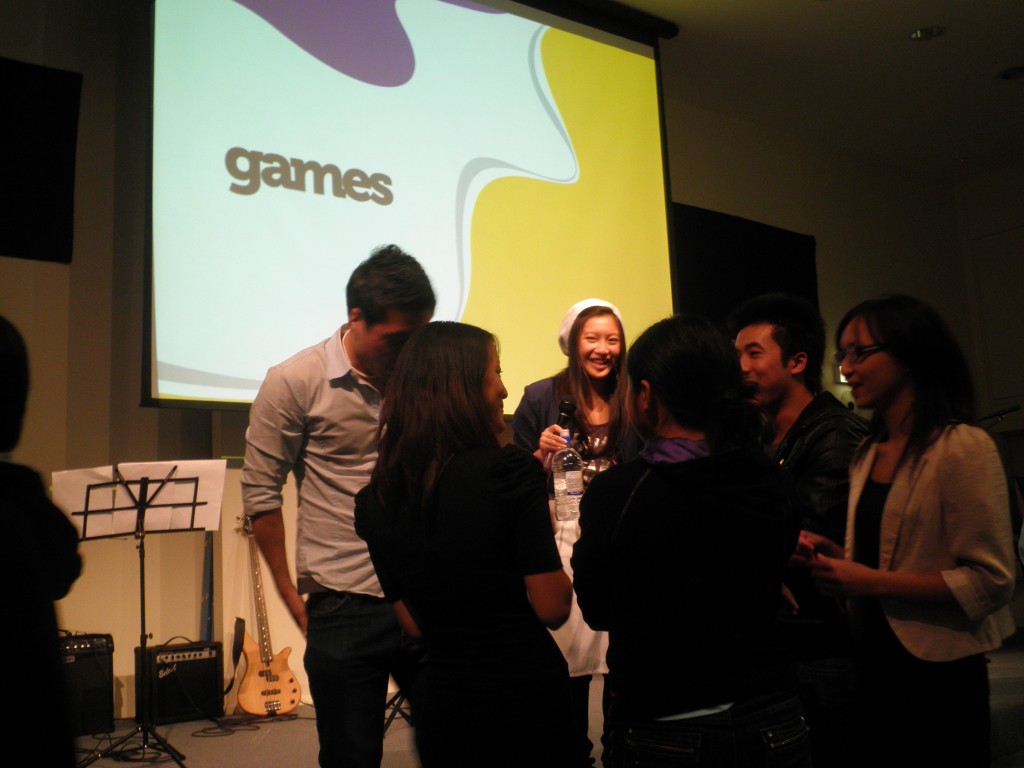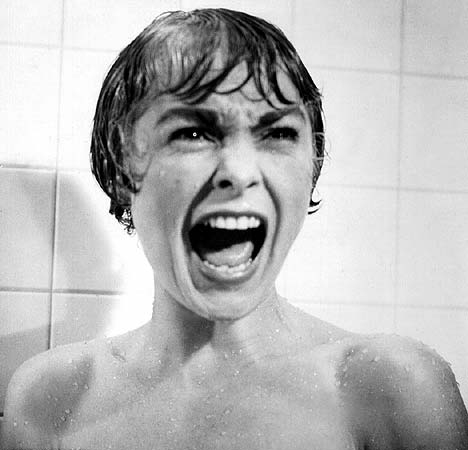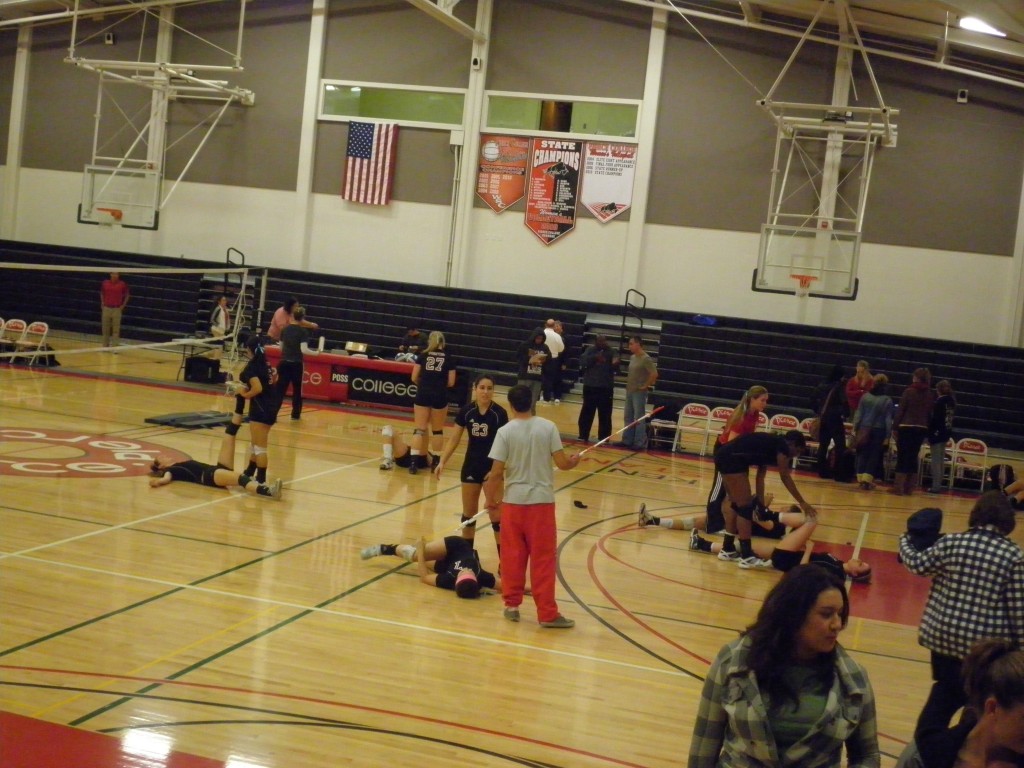
Here are four quick ways to reduce your soreness and get you feeling your best ASAP:
1. Soft-Tissue Therapy
This reduces soreness by increasing blood flow to tissues, removing scar tissue, releasing trigger points, improving fluid balance, activating your nervous system and fascia, and improving the overall quality of muscles. That’s a mouthful, but trust me – it’s damn good.
Soft-tissue therapy is also a fantastic warm-up for any exercise. Start with a foam roller (the ones with PVC pipes inside last longer) and roll on each area for 30 or so seconds. If you find tender areas, spend some more time rolling – eventually, the pain will subside.
As your tissue quality improves, try a tennis ball or lacrosse ball instead. Of if you want some fun, use a 4″ PVC pipe. Crying optional.
2. Light Cardio
After a Major League Baseball pitcher starts a game, they usually jog the following day. After former-Colorado Rockies pitcher, Ubaldo Jiménez, pitched a no-hitter, he woke up 4am the next morning to run six miles – a trick Pedro Martinez taught him. Why not get a few extra hours of sleep?

Research demonstrates that light cardio reduces Delayed Onset Muscle Soreness (DOMS) due to increased blood flow to affected tissues, increasing nutrient delivery and metabolic waste removal. In other words, a light workout or job gets the juices flowing. It’s been said before: the best way to reduce your soreness after a workout is to work it out again.
How light and for how long?
About 70% of your Heart Reserve Rate (approximately 220 minus your age). For many, exercises at that intensity can develop cardiorespiratory fitness. And for how long? Fifteen minutes is just fine. You can try a light jog, a stationary bike, an elliptical machine, or a dynamic circuit.
3. Drink Plenty of Water
Most people don’t drink enough water, and they remain dehydrated with impaired muscle performance and repair.

The recommended amount of water per day is 3.7L for men and 2.7L for women, which includes the fluids from food. To quickly rehydrate yourself each morning, drink 20 ounces of water after waking (credit Nate Green for the awesome idea).
4. Contrast Showers
Contrast showers alternate between hot and cold temperatures. After your normal shower, change to cold water for about a minute, switch back to hot water for a few minutes, then switch back. Repeat this a few times, make sure that the warm phase is longer than the cold phase, and always end with cold water.

More information about contrast showers:
Contrast showers will promote blood flow and stimulate the nervous both of which influence recovery and arousal levels. With increased blood circulation in the muscles because of the contrasting temperature of the water it will cause a rise in nutrients to the area and immune cells to the area also. Another benefit of increased circulation to the muscles is it increases the excretion of cellular and metabolic waste from the muscles and body.
– Olympic Weightlifting Resource
5. Stretching
Psyche!
Contrary to popular belief, research shows that stretching after exercise does not reduce soreness. Studies can be found here, here, here, and here.

Does that mean you shouldn’t stretch?
Nope. But if you’re sore, stretching will not help much.
So now you have four quick and easy tips you can do right now to reduce your soreness. Let me know how they work for you. If there’s anything else that has helped you, leave a comment, hit me up on Twitter, or add me on Facebook.
Happy lifting!
[tweetbutton]
Ah, thank you. I will implement these things right away.